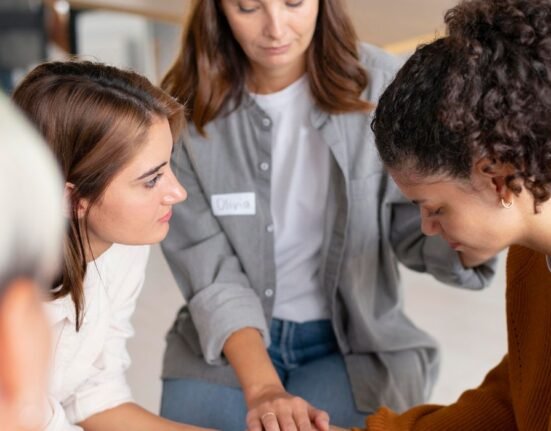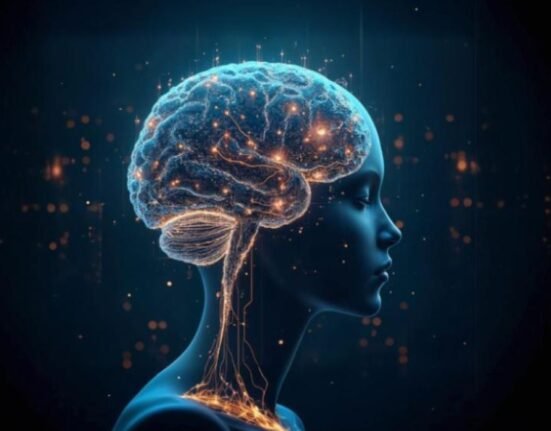Art is a fundamental part of human evolution and is used to express emotions. The role played between art and emotion is a complex relationship. Artists have used their art to express a diverse range of human emotions.
Aesthetics is defined as the study of art and beauty. It’s the way we perceive the beauty and its effects. These qualities include factors like color, harmony, balance, and composition. Art deeply impacts our emotions and has the ability to evoke empathy, by triggering our past and memories. Seeing a beautiful art, our brain signals the neurotransmitter that releases dopamine in our brains. Every piece of art depicts a particular emotion and once we empathize with hat particular emotion we are able to feel that particular emotion as well.
Color and Emotion
Warm colors like yellow and red are responsible for channelizing energy and warmth while cool colors like green conveys calmness and sadness. Starry night painting by Vincent Gogh, where an emotional portrayal of the night sky can be seen with an amazing combination of blue and yellow colors. Some painting with intense colors enhances the inner turmoil of an artist and invites viewers to get first-hand experience and be able to connect with the artist’s experience.
Form and Composition
In any art work , form and composition are one of the most important factors that influence human emotions. An specific arrangement can either induce emotions of harmony or discord for a viewer, Composition can be of two types: Balanced and chaotic, where a balanced one can invoke harmony feelings of stability and peace , and chaotic one induce anxiety and discomfort.
Read More: The Essential Art of Disconnecting: Why It’s So Important
Balance and harmony
Balanced composition produces a sense of satisfaction creating a profound impact and unbalanced or chaotic creates tension and anticipation. Mona Lisa painting by Leonardo da vinci is a perfect example, where the composition encourage the viewers to link emotionally with the subject, evoking curiosity and wonders. This delicate art work creates a sense of balance and harmony and guides the viewers on an emotional journey.
Impact of Art
Research has proved that art therapy can be useful in reducing stress, depression, and anxiety. They impact on our emotional well-being. Art also helps as a coping mechanism. Research has shown that art can have a positive impact on our emotional well-being. For example, studies have shown that art therapy can be effective in reducing stress, anxiety, and depression. Art can also work as a coping strategy, for example for one that has lost any near and dear one viewing an art depicting grief ultimately gives some sense of relive from that pain. Another way round, art also helps to connect with others and help to understand others’ emotions better.
Emotional Catalyst.
Read More: Turning Point in Parents’ Lives, When Children Depart To Hostels
Music is equally influential in invoking someone’s emotions as art, Aesthetics in music are melody,harmony, and rhythm. These two are important factors of music and directly impact emotion. A slow, soothing melody with gentle rhythm relaxes listeners whereas a fast, energetic melody with a dynamic rhythm evokes excitement and enthusiasm Harmony in music is a combination of different musicals. Music that is harmonious invokes feelings of comfort and satisfaction, and if the music if non-harmonious, listeners will feel unease and slight tension.
Literature
Art isn’t something that is restricted to visual or music, its effects can be seen in literature as well. It is manifested through language, narrative structure, and literary devices. Language is an instrument that controls literature which is responsible for moving of emotions of readers. Vivid portrayal and skillful use of words transport readers to another world and they establish a connection with the characters. It also plays important role in literature. For example, the pace of the story, plot twists, and the development of the characters are all sub-factors that emotionally impact a reader’s journey.
Emotional benefits can be experienced by
- Visiting an art gallery or museum
- Listening music
- Create your own art
- Study art books
To experience art try to understand your own thoughts and feelings. One must be attentive to the emotions that the art induces and try to understand the reason behind them. To gain a deeper understanding of the art and well process your emotions try to talk to other artists.
Also read: How to Start Your First Therapy Session?
In a world of full uncertainty and complex structures, art provides space for emotions and expression to explore a wide range of dynamics. Also one should make some time to understand the art one so that can become more emotionally intelligent. The aesthetics in art have the power to widen the range of emotions, from happiness to awe to sad, and so on. The artist touches on the basic aspects of human perceptions, whether the mode is visual or audacity. Viewers too have some responsibility for a better understanding of themselves they need to immerse themselves in art and allow that art to evoke their inner world.













Leave feedback about this